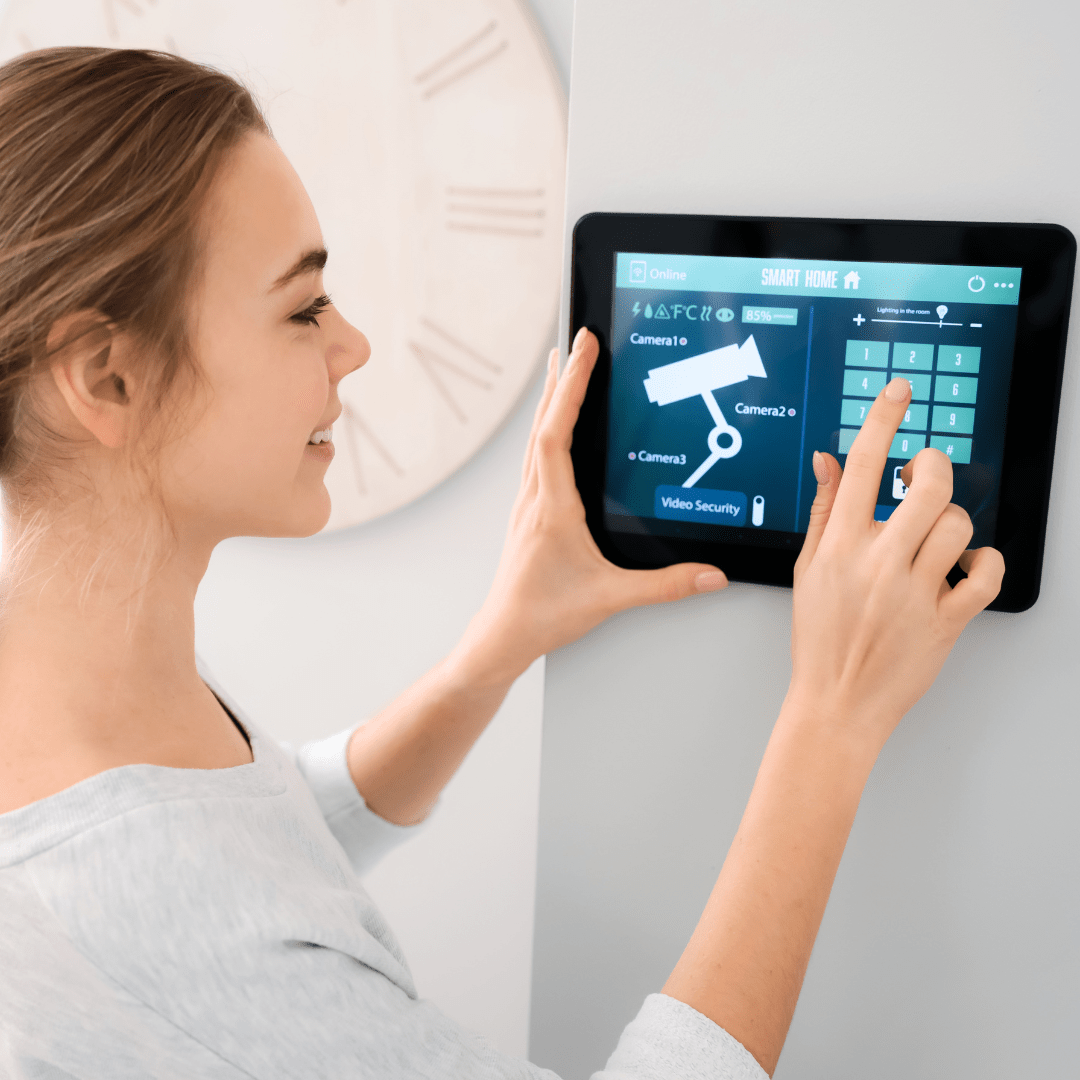Last Updated on July 28, 2025 by chanuka chanuka.23e2
Published: July 21, 2025

As modern homes become smarter and more secure, homeowners are increasingly looking for ways to connect various elements of their security systems—including automated gates. Integrating your automated gate with your home’s broader security infrastructure doesn’t just offer convenience; it creates a powerful first line of defense for your property.
At Art Metal, we believe that a well-designed gate is more than just a barrier—it’s a smart gateway to safer living. Here’s how to seamlessly integrate your automated gate with a modern home security system.
1. Start with a Compatible Gate Opener
To enable integration, your automated gate must be equipped with a motor or control system that supports third-party connections. Many modern gate openers are already compatible with home automation protocols like Z-Wave, Zigbee, or Wi-Fi.
Look for features like:
- Smart controller compatibility (e.g., LiftMaster MyQ, Nice, FAAC, or Ghost Controls)
- Mobile app control
- Open API or smart home hub support
2. Sync with Smart Cameras and Intercoms
Combining your gate with a smart camera or video intercom system adds real-time visual verification to your entrance.
Integration ideas:
- Install a Wi-Fi-enabled camera at the gate to monitor visitors
- Use motion detection alerts for unusual activity
- Link video feeds to your phone, smart hub, or security platform
This integration is especially useful for deliveries, guest access, and deterring intruders.
3. Use Smart Locks and Remote Access Features
If your automated gate has a pedestrian entry, you can add smart locks to allow remote unlocking. Most smart locks can be controlled through the same app as your security system or gate motor.
Benefits:
- Grant temporary access codes to visitors or contractors
- Lock and unlock from anywhere
- Track entry logs and usage history
4. Automate Routines with Smart Home Hubs
Linking your gate to a home automation hub like Google Home, Amazon Alexa, or Apple HomeKit allows for powerful routines.
Examples:
- “Goodnight” routine closes the gate, locks doors, and arms the alarm system
- “Arriving Home” triggers the gate to open, lights to turn on, and HVAC to adjust
Voice control also becomes an option for hands-free convenience.
5. Integrate with Alarm Systems and Sensors
Some advanced home security systems allow you to create automations between your alarm and gate. For instance:
- If the security system is disarmed, the gate can open automatically
- If the alarm is triggered, the gate can close and lock
- Motion sensors near the gate can send alerts or trigger recording
This creates a more responsive and proactive home defense network.
6. Consider Power and Internet Redundancy
For reliable security integration:
- Ensure your gate system is connected to backup power (battery or solar)
- Use a wired internet connection or failover to cellular if the gate controller is remote
- Set up notifications in case of disconnection or malfunction
Final Thoughts
An automated gate is a natural extension of your home’s security perimeter. When paired with cameras, alarms, sensors, and smart automation, it transforms from a simple convenience into a robust, responsive security tool.

 Chat
Chat 








